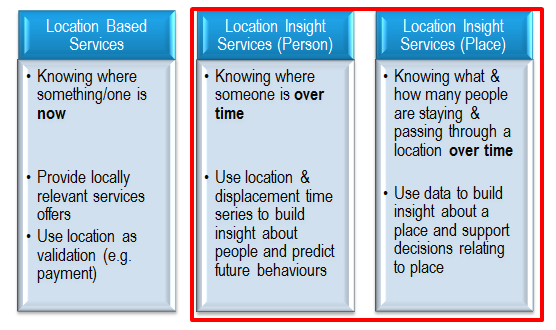
Fast-Tracking Operator Plans to Win in the $5bn Location Insights Market
Drawing insight from the experience of early adopters (including Telefonica, Singtel and DTAG) and exploring the technology options available to operators, we show how operators can best use their distinct advantage over other players in the $5bn location insights marketplace. (October 2015, Foundation 2.0, Executive Briefing Service.)

